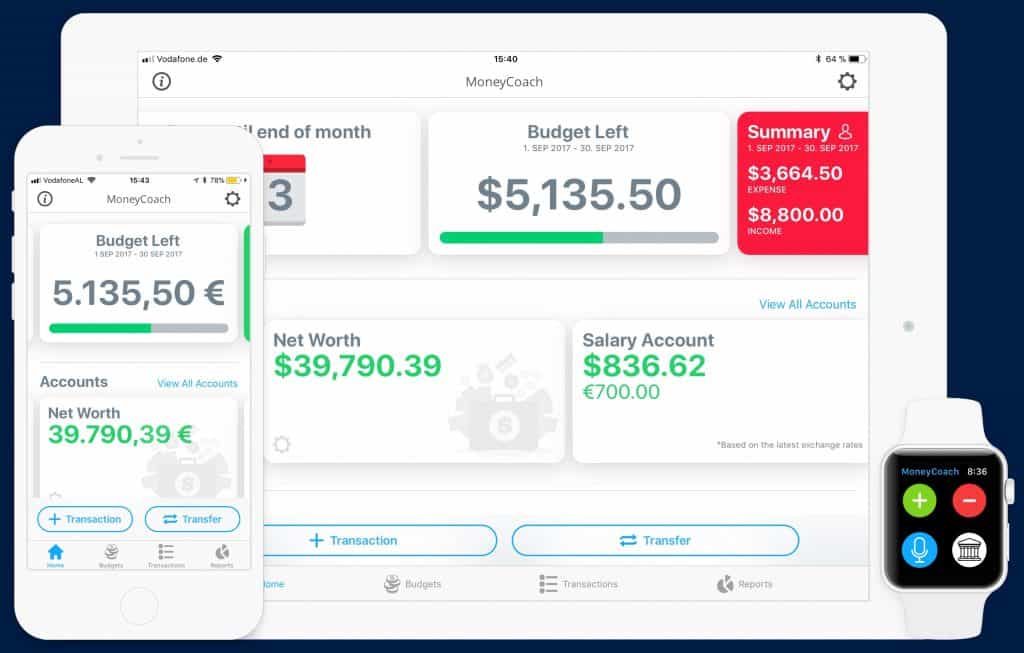5 Factors That Affect The Cost Of Developing An App
by Perjan Duro, Founder
As businesses begin to understand how mobile fits into their overall technology infrastructure, they’ll need to budget and plan for their mobile initiatives. The problem is that decision makers and product owners struggle with understanding the scope and investment that goes into developing a mobile application.
The truth is, App development is expensive and it’s the reason some businesses are hesitant to adopt mobile applications in the first place. This guide aims to help you better understand the key drivers of cost in developing an app, so you can understand why quality apps cost so much.
Every mobile app will be unique, but these are the main factors that will go into the overall costs of developing your mobile app:
App Functionality & Purpose
Because mobile apps can be extremely broad, the main purpose of the app often drives the development budget, determining mobile app development cost. For example, a small calculator application used for a niche business function will require a much smaller investment than an enterprise-wide support application for a global sales force.
Work with your teams to achieve consensus around the following questions:
Is the app intended for public use? If not, what subset of the population will use the app? Is the app slated for internal use only? If so, what are the internal users that will use the app?
What are users trying to achieve by interacting with the app? Examples: speed up ordering time, find close-by distribution centers, pull current documents, etc.
Mobile Platforms & Devices Supported
Determining whether to support iOS, Android, Windows Mobile, or all of the above in your enterprise mobile applications will help predict development time, and therefore cost. Each platform is different—for example, Android fragmentation (caused by the fact that there are over 18,000 different devices/screen sizes running on Android) can make it difficult to ensure your app works well for each unique piece of hardware, whereas the iOS platform only needs to support a few different Apple devices.

And lastly, you need to decide if you want to invest in a native app (fully responsive apps that are installed on devices) or a hybrid app (part native and part web app, with one code base deployed to different platforms). Native apps are typically more expensive to develop but are a more premium product that will give you better performance and more custom-designed features.
Use of Visual Objects
Often our clients’ desire to include complex UI elements results in a much nicer User Experience. Will your app make use of real-time 3D graphics, complex visual transitions, animations, and multiple objects animating at the same time? Then it’s probably going to cost more.
This will also affect the native vs. hybrid development decision mentioned above since many hybrid app frameworks can't take advantage of hardware-accelerated User Interfaces.
Maintenance Plan
Once your enterprise mobile applications are deployed, you can't just pat yourself on the back. You need to think about a maintenance plan from the very beginning and factor it into costs as a certain percentage. This plan should include what new features and functionalities will be introduced, and when. There's an arms race going on between operating systems, and it's important to keep apps up to date with every new release (at least once a year). Plan to proactively update the app or face the fact that it's going to become irrelevant and deleted by users. This plan should go hand in hand with your overall digital strategy, helping you stay ahead of the digital curve.
The location of the app development company
Searching the internet will give you different estimates based the factors we explained in the previous paragraphs, but here is an example of the rates of some app development companies in Berlin (Germany).
Simple, table-based app – $1,000 - $6,000
Database App (native) – $7,000 - $50,000
Games – $15,000 - $250,000